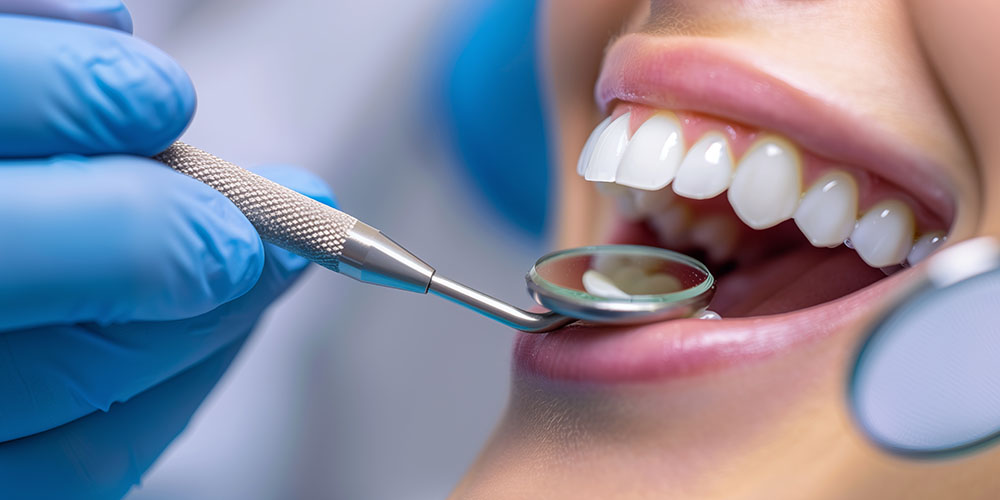- Achieving a perfect smile is now easier with modern orthodontic treatments.
- Dental Clinic in Riyadh offers various teeth-straightening solutions.
- Invisalign and traditional braces are the two most popular options for aligning teeth.
- This guide explores the differences, benefits, and which option is best for you.

What Is Invisalign?
Definition and How It Works
- Invisalign consists of clear, removable aligners that gradually straighten teeth.
- Custom-made trays are designed based on digital scans of your teeth.
- The aligners must be worn for 20-22 hours daily for effective results.
Advantages of Invisalign
- Nearly invisible, making them aesthetically appealing.
- Removable, allowing easy eating and oral hygiene maintenance.
- Comfortable, with no metal wires or brackets to cause irritation.
- Faster treatment time for mild to moderate misalignment cases.
Disadvantages of Invisalign
- Requires strict discipline to wear the aligners consistently.
- Not suitable for severe orthodontic issues.
- More expensive compared to traditional braces.
What Are Traditional Braces?
Definition and How They Work
- Traditional braces consist of metal or ceramic brackets bonded to the teeth.
- A wire is threaded through the brackets and adjusted to move teeth gradually.
- Treatment duration varies from 12 to 36 months, depending on the complexity.
Advantages of Braces
- Effective for all types of dental misalignment and bite issues.
- Fixed in place, ensuring consistent treatment without user compliance issues.
- Different material options, such as ceramic braces, for a less noticeable look.
Disadvantages of Braces
- Visible brackets and wires, which may affect confidence.
- Can cause discomfort and irritation in the mouth.
- Requires careful oral hygiene to prevent plaque buildup around brackets.
Key Differences Between Invisalign and Braces
Appearance
- Invisalign is nearly invisible, while braces are noticeable.
- Braces are available in metal or clear ceramic options for less visibility.
Comfort
- Invisalign has smooth edges, reducing irritation.
- Braces may cause discomfort due to wires and brackets.
Treatment Duration
- Invisalign often takes 6-18 months for mild cases.
- Braces may take 12-36 months, depending on complexity.
Maintenance and Hygiene
- Invisalign trays are removable, making brushing and flossing easier.
- Braces require careful cleaning around brackets and wires.
Cost Comparison
- Invisalign is generally more expensive than braces.
- Costs depend on severity, duration, and the orthodontic clinic’s pricing.
Who Should Choose Invisalign?
Ideal Candidates
- Patients with mild to moderate teeth misalignment.
- Individuals who prefer a discreet treatment option.
- Those who can commit to wearing aligners consistently.
Who Should Avoid Invisalign?
- Patients with severe crowding or bite problems.
- Young children or individuals who may forget to wear aligners.
- Those looking for a more budget-friendly option.
Who Should Choose Braces?
Ideal Candidates
- Patients with severe orthodontic issues, such as overbites and crowding.
- Individuals who need precise and long-term correction.
- Those who prefer a fixed treatment with no responsibility for removal.
Who Should Avoid Braces?
- Individuals concerned about the visibility of metal brackets.
- Those who may struggle with oral hygiene maintenance around brackets.
- Patients who experience discomfort with metal wires and brackets.
Factors to Consider When Choosing an Orthodontic Treatment
Age and Lifestyle
- Adults and professionals may prefer Invisalign for its discreet appearance.
- Teens and younger patients may benefit from the reliability of braces.
Treatment Complexity
- Invisalign works well for minor misalignments.
- Braces are more effective for complex orthodontic problems.
Budget and Insurance Coverage
- Invisalign is often more expensive but may be partially covered by insurance.
- Braces are more cost-effective and widely available.
Finding the Best Dental Clinic in Riyadh for Orthodontic Treatment
What to Look For in a Dental Clinic
- Experienced orthodontists who specialize in Invisalign and braces.
- Clinics equipped with advanced technology for precise treatment planning.
- Positive patient reviews and before-and-after results.
Importance of Consultation
- A professional consultation helps determine the best treatment option.
- Orthodontists evaluate your teeth and recommend a personalized plan.
- Discuss costs, treatment duration, and expected results during the visit.
Advanced Technology in Orthodontics
- Many Dental Clinic in Riyadh locations offer 3D imaging for Invisalign.
- Modern braces include self-ligating brackets for faster and more comfortable treatment.
- Some clinics provide AI-powered smile simulation for treatment planning.
Conclusion: Which Option Is Right for You?
- Invisalign is ideal for those who want a nearly invisible and comfortable solution.
- Braces are perfect for individuals needing more complex dental corrections.
- The right choice depends on personal preferences, lifestyle, and orthodontic needs.
- Consulting a professional orthodontist at a Dental Clinic in Riyadh ensures you get the best treatment for a perfect smile.

